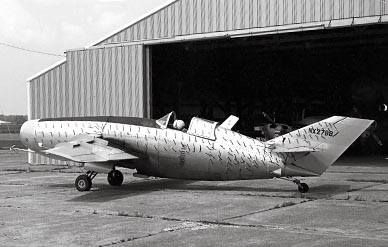Crockrocket94
Well-Known Member
A local power company ownes a VII. They seem to get their use out of it but I haven't heard any pros or cons of it.
I used to fly a VII, and they are not E to W airplanes. You can get some range out of them, but not that kind of range. Keep in mind they are an older airframe, and cessna doesn't produce them anymore. In addition, the parts the plane used are fairly complex, which means expensive. Ours spend a ton of time in the MX hangar. Not saying it wasn't a good plane, but you have to be prepared for a ton of upkeep as well. If I remember right we saw about 1900lbs first hour burn then 1500ish the 2nd and so forth.
I recommend looking at a Hawker 900XP, if you can find one in the price range. That plane is a little better than the 800 with fuel burns and whatnot, can carry 8 people comfortably, 6 is the perfect number for it. Rides nice, has APU, etc. Burns about 1900 lbs first hour and has been good for us.

